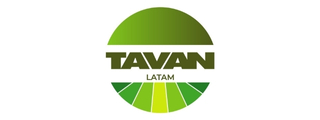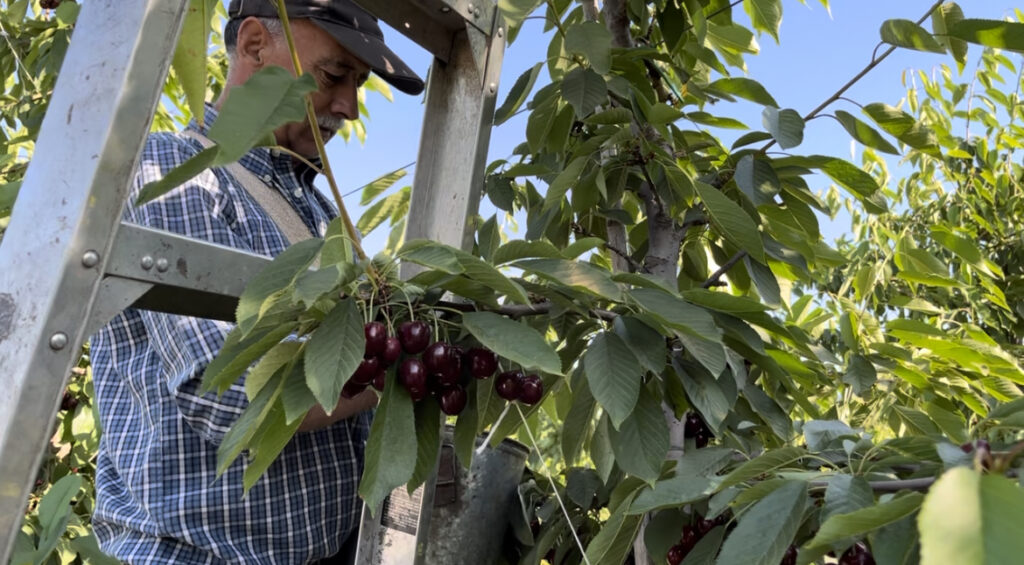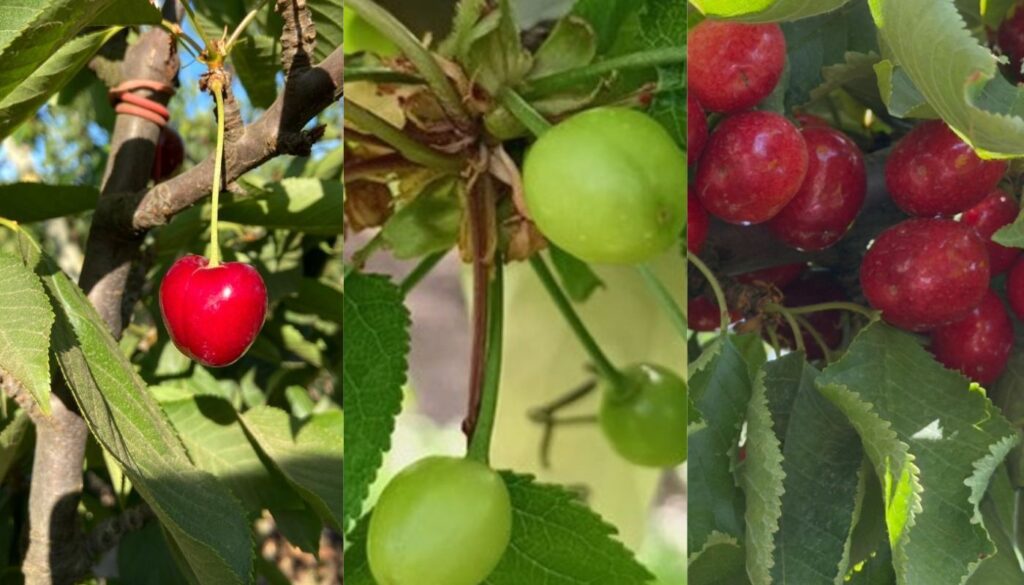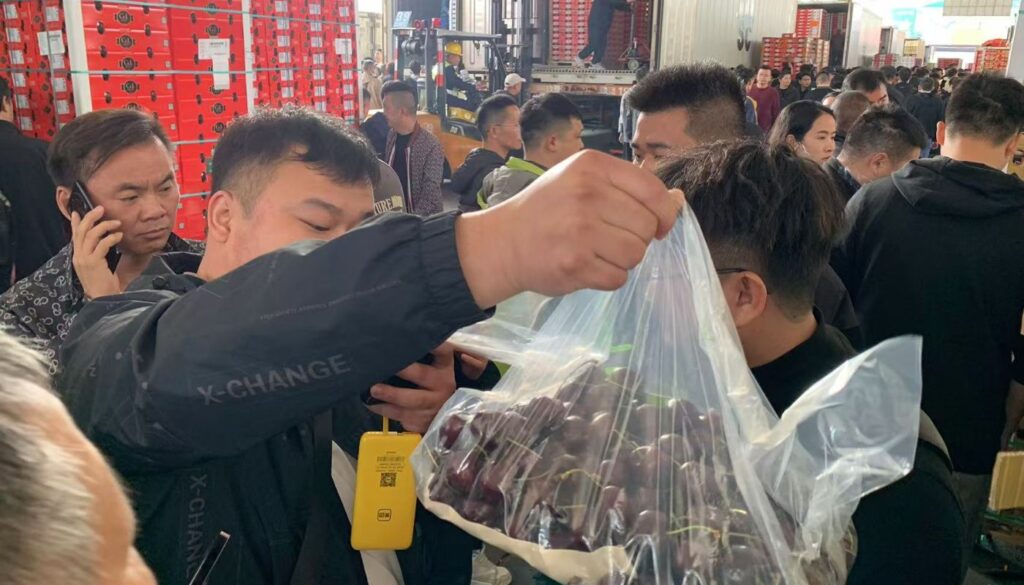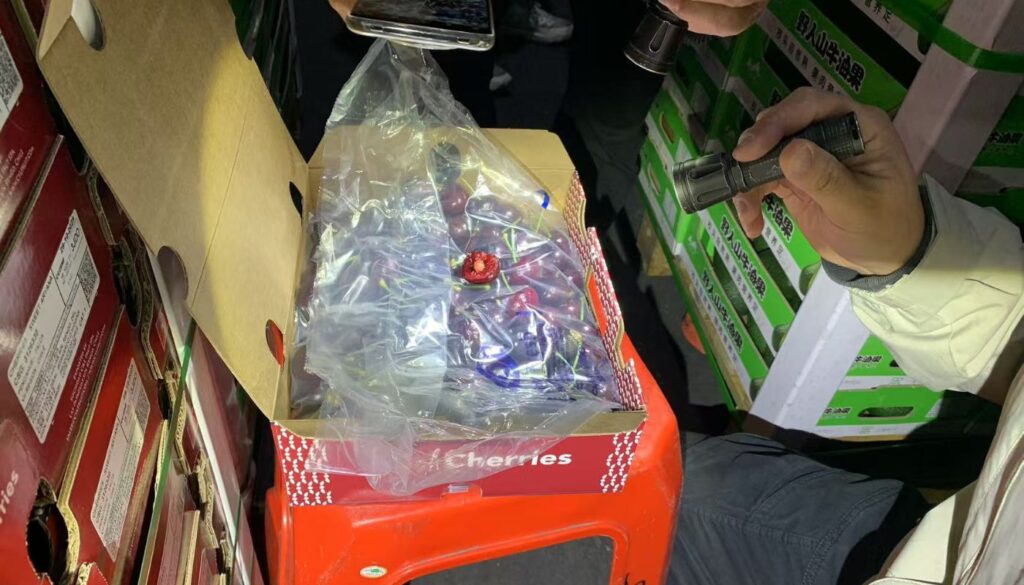José Ignacio Tagle, regional manager for Tavan Chile, explains what this process consists of, which must be carried out between July and August, before the buds swell, depending on the area and variety. “In years with a lot of rain and frost, special care must be taken. An unwanted entry of these pathogens can cause the death of shoots and buds, and as a direct consequence, a significant drop in production,” he explains.

—Why is it important to protect and disinfect the yolks?
—The buds and tissues can be colonized by pathogens, mainly fungi and bacteria.
If proper disinfection is not carried out prior to bud swelling at the right time, anticipating the opening of the bracts, pathogens can enter through them, since an “entry door” is opened for these microorganisms. If this happens, these pathogens can attack the green tissues and future reproductive organs, on which the harvest will depend.
-This can affect productivity?
—Yes. And in years of heavy rain and frost, special care must be taken at this stage. An unwanted influx of these pathogens can cause the death of shoots and buds, and as a direct consequence, a significant drop in production.
—What procedures are traditionally used to protect and disinfect buds?
—Contact products, bactericides and fungicides based on copper and synthetic molecules are traditionally applied. In recent years, applications of tissue-colonizing microorganisms have also been integrated.
—How is the treatment proposed by TAVAN different?
—The main difference in the application of this specific treatment, called WERT, is that it is specially formulated and designed to be incorporated through lignified tissues, such as buds, branches, twigs, roots and trunk.
—And what are the advantages of applying it?
—In addition to being an organic 100% product, it has the great advantage of being a systemic action product, which provides greater safety in the disinfection of tissues, both internally and externally. Once the product has entered the tissues, any attack by fungi and bacteria on the buds will be considerably mitigated by the action of the product. This will prevent pathogens from colonizing the buds inside and, therefore, have a lower % of death of fruit and vegetable centers due to these microorganisms, which will ultimately be reflected in the production of the orchard.
Studies carried out by development centres demonstrate this, even with results that show statistical differences in the measurement of the death of fruit centres and, therefore, in the final production of the orchard.
—What are the benefits of having a systemic action treatment?
—As it is a systemic action product, there is no “washing off” due to rain, which ensures comprehensive protection of the tissues without the need to repeat applications after an event. On the other hand, its long residual effect, of at least 45 days, does not allow for the formation of windows of entry for fungi and bacteria, such as Cytospora and Pseodomonas syringae. The latter is the causal agent of bacterial cancer or bacterial canker, mainly in stone fruits.
—What would you recommend to a producer at this stage?
—WERT is applied by spraying at the stage prior to bud swelling. This is usually at the end of July or beginning of August, depending on the area and variety. It is applied from the base of the trunk upwards to ensure greater integration of the product into the tree. With this application, we will take advantage of disinfecting the entire tree: trunk, arms, branches and twigs, which will help us reduce possible inoculations of diseases associated with wood.
—Why should it be done on those dates?
—It is done at this time to ensure that when the bracts open, the product is already incorporated into the tissue and thus ensure comprehensive protection of the buds. It is extremely important to apply it at the right time, since a late application may not be as effective and allow the entry of diseases. In addition, it is recommended to apply it together with the Ph4 product for greater adherence and entry into the tissue.
cover.

